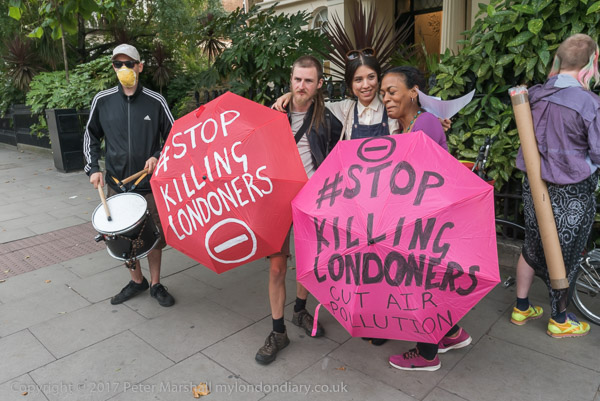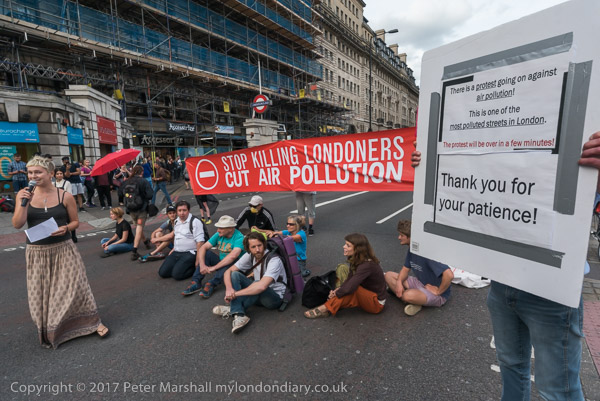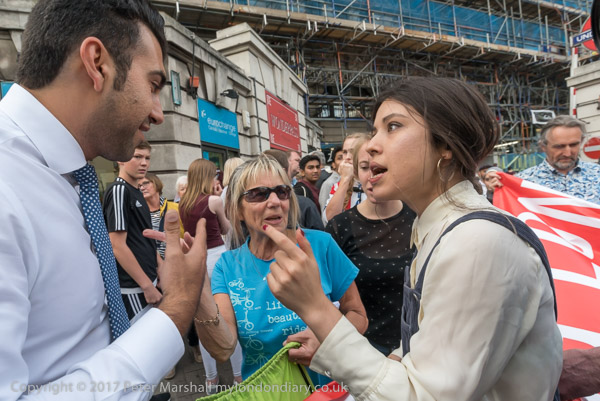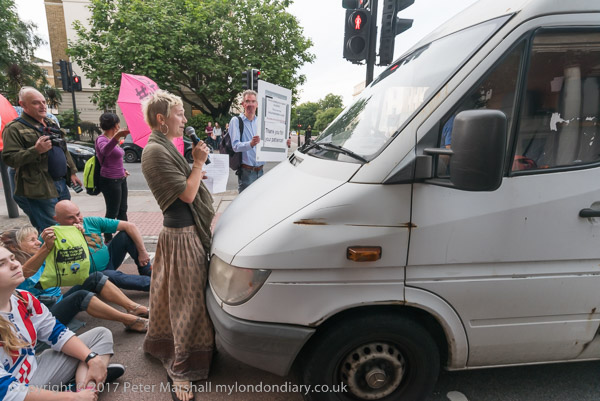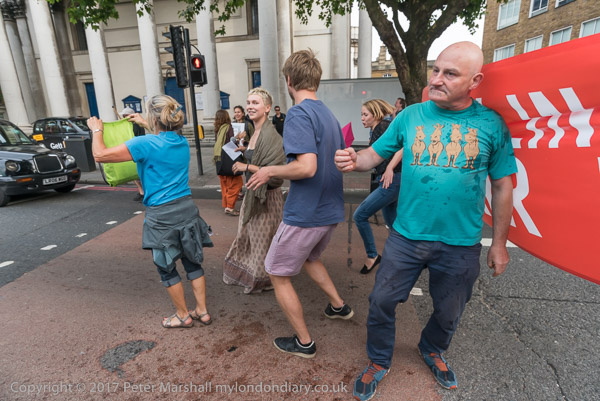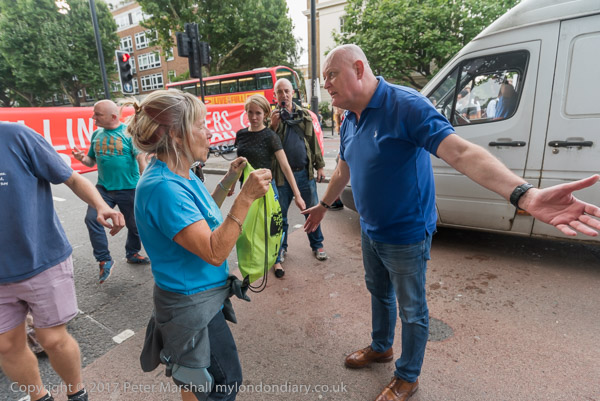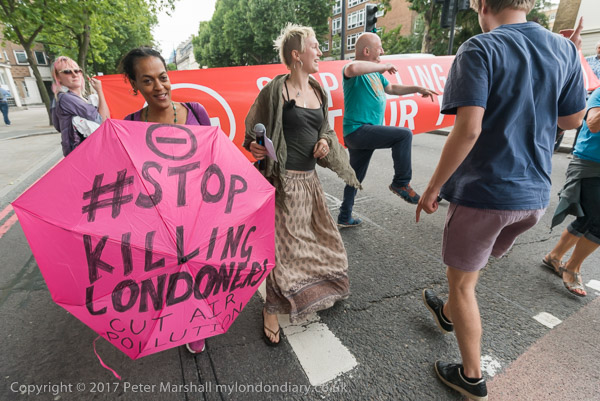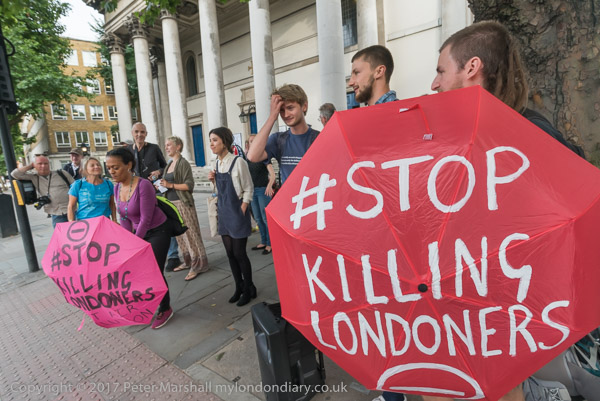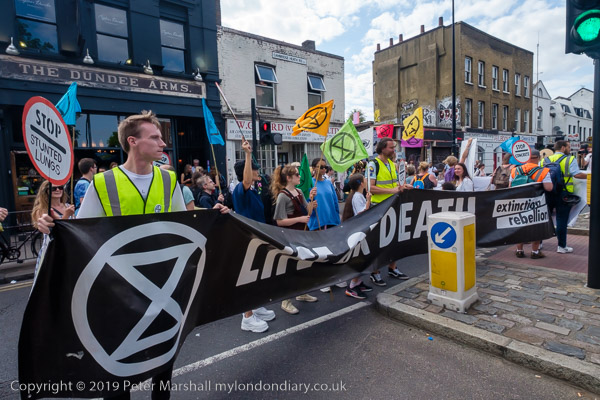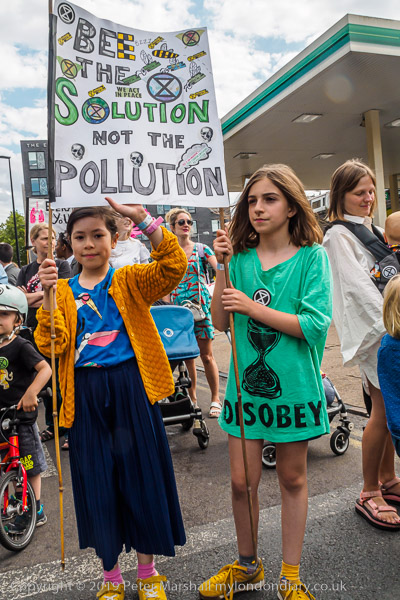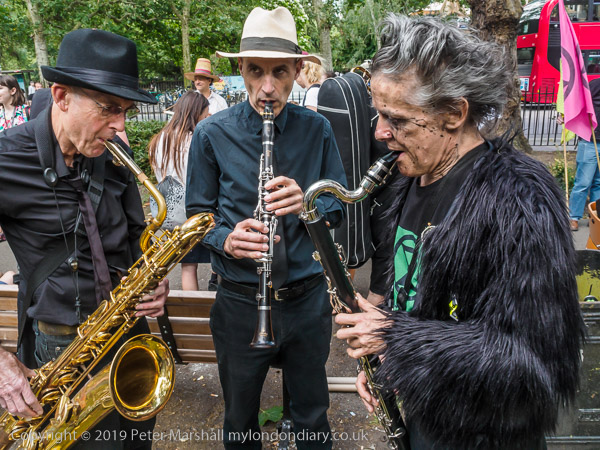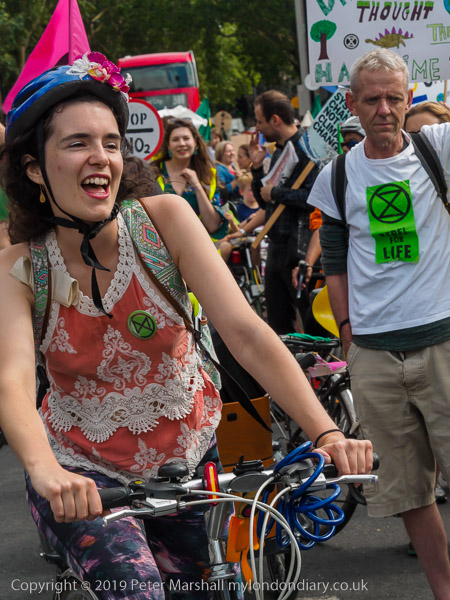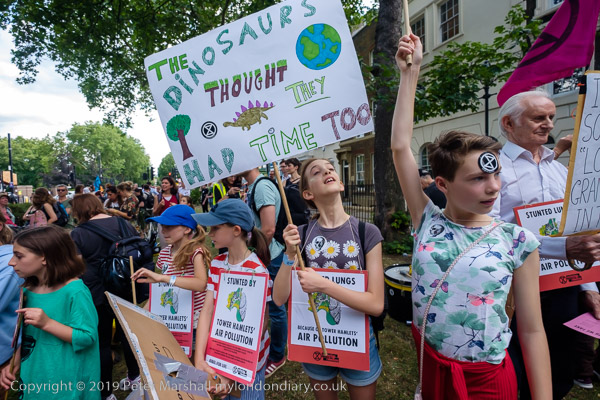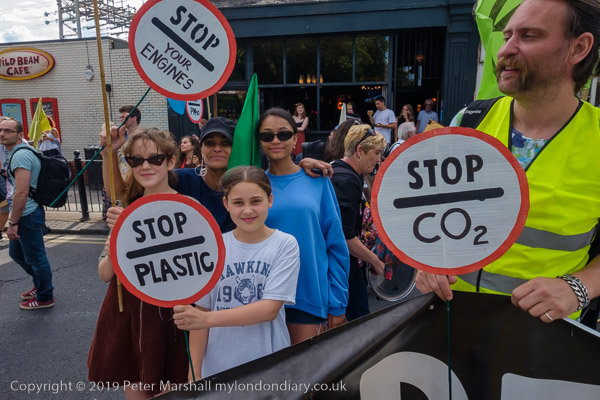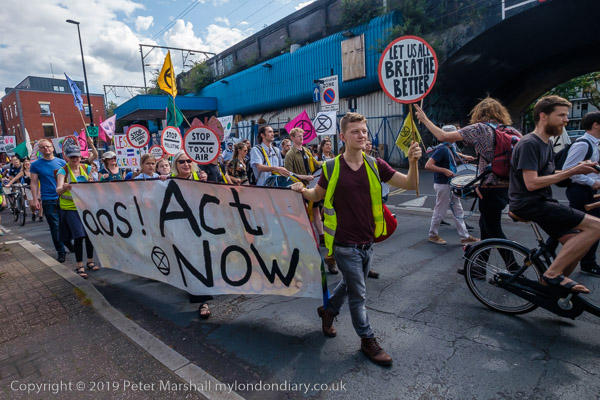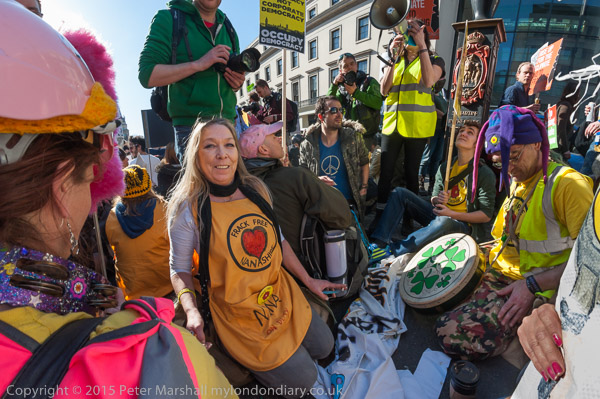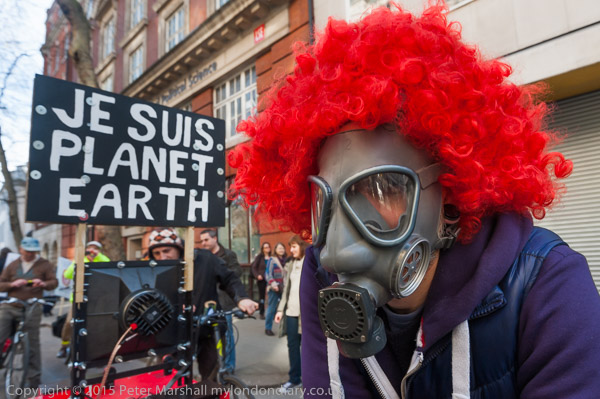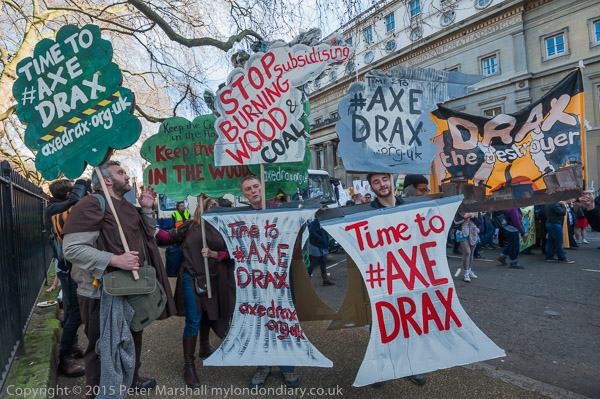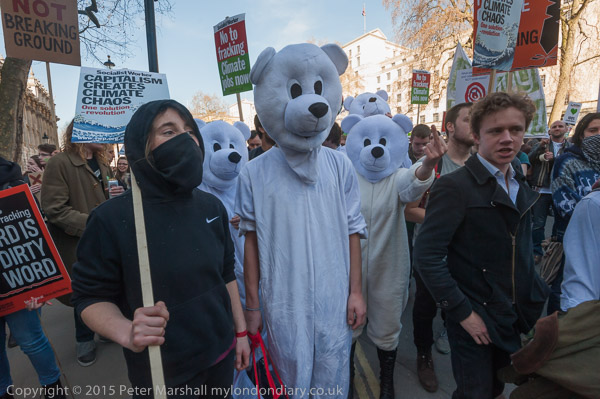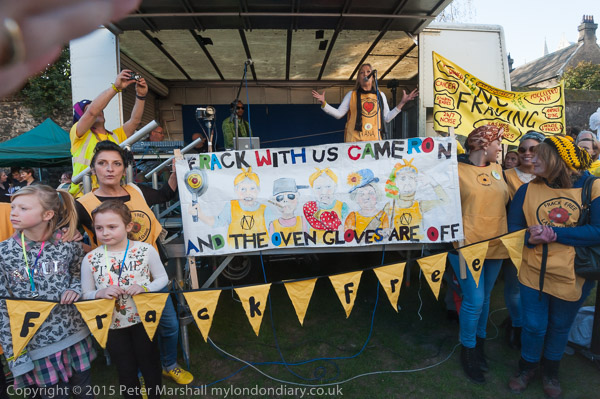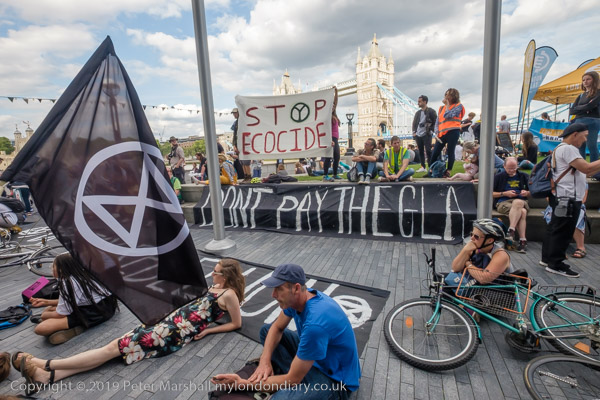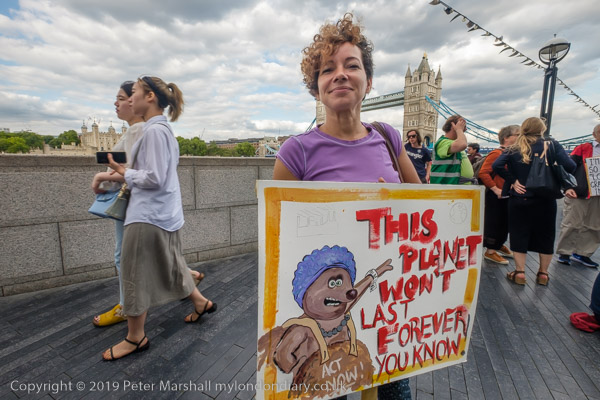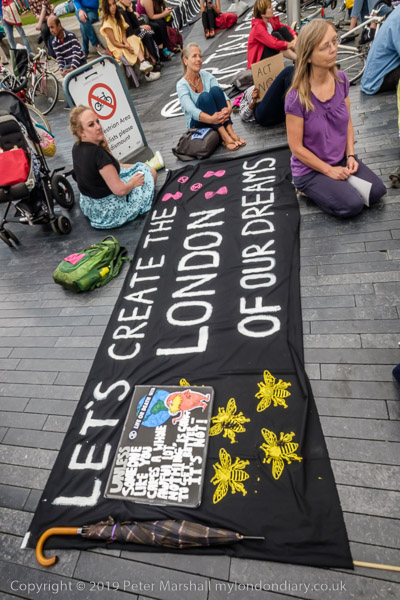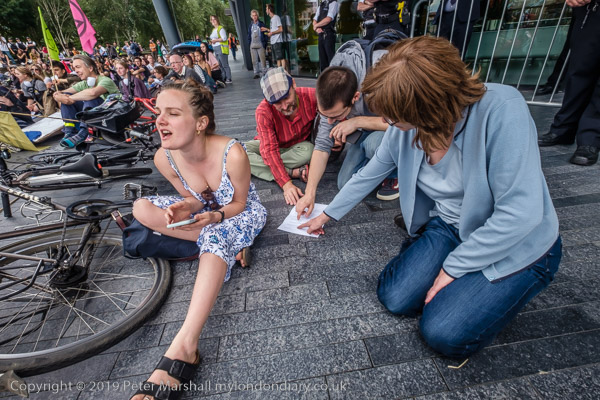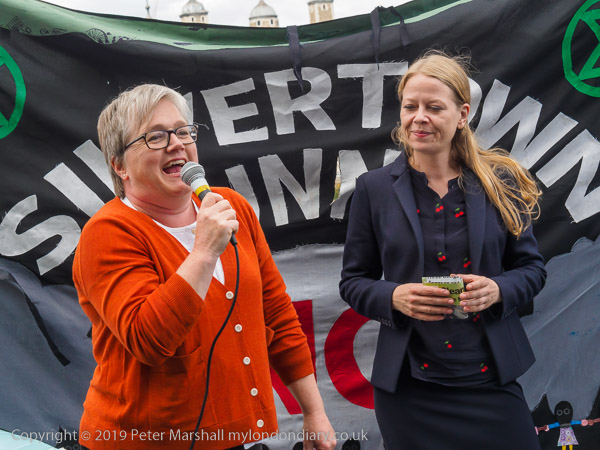Thames Path – Cholsey to Shillingford: Pictures from a walk on Saturday 3rd April 2010 in South Oxfordshire from Cholsey station to a bus stop in Shillingford, mainly along part of the Thames Path, though with a few added detours, both voluntary and involuntary.
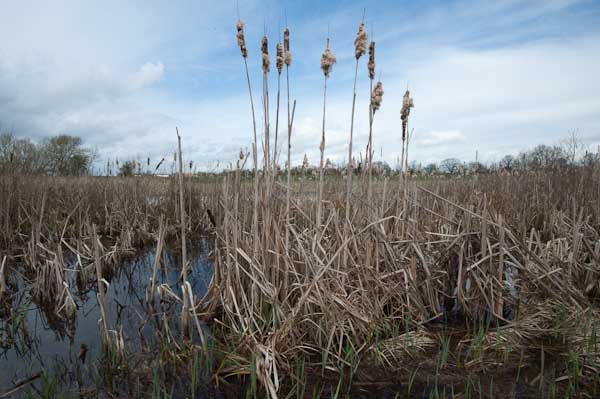
The Thames Path was officially opened in 1996, though I’d walked and cycled much of it in and around London many years earlier before and had made a very minor contribution to the consultation during its planning. I’d also photographed much further to the east along the Estuary on much of its English Coast Path extension from Woolwich to the Isle of Grain.
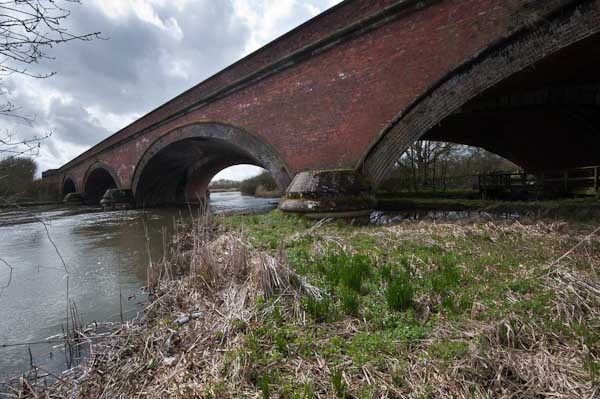
From the early 1990s together with my wife and one or both my sons we often made walks in the South-East, including along the River Lea, the Pilgrims Way, the Grand Union Canal, the London Loop as well as various unnamed routes largely along public footpaths throughout the year and in all kinds of weather.
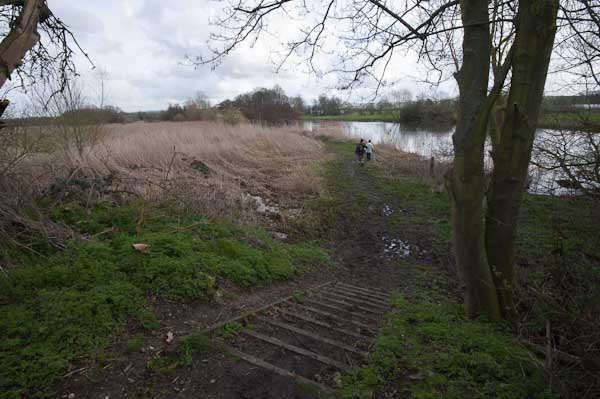
In the early 2000s we decided we would try to walk the parts of the Thames Path to the west of London, where we had only walked a few short sections, bought a guide to the path and a series of OS maps. We were still walking in other areas as well and it was not until April 2013 that we finally covered the section of the walk to the source.

One of the reasons it took us so long was that we relied on public transport to get us to the river and back home at the end of each day’s walk. So the walk had to be divided up for us into short sections ending at a station or a bus stop and the further west we walked the scarcer these became. We managed to get a little west of Oxford a day at a time, but beyond Duxford (a short walk from Hinton Waldrist which had a bus service) there seemed to be nowhere we could sensibly reach or return to by public transport before or after a day’s walk.

In 2013 we did complete the walk, booking a couple of nights bed and breakfast on the way to the source to do so.

But back to April 2010. We travelled to Cholsey by train, changing at Reading, an easy and relatively short journey – less than an hour and a half. Cholsey isn’t on the Thames Path but it was only around a mile to walk to it, and then down to Moulsford Railway Bridge on the Thames itself.

I’ll spare you the details of the walk though these are given at some length in the pictures and text on My London Diary – and of course in many text and online publications on the Thames Path.

Wallingford, the only major town on this section of the Path is well worth a visit – back in the day it had been “the most important town in Berkshire and had its own Royal Mint from the 10th to 13th centuries. Devastated by the Black Death, it became prosperous again in the 18th and 19th century with the river allowing it to trade with London and supporting thriving malting, brewing and ironfounding industries.”

But then came the railways and all Wallingford got was a short branch line, “now a preserved railway where I was dragged a rather tedious kilometre or so to see Ivor the Engine pulling out of the station on the edge of town.”
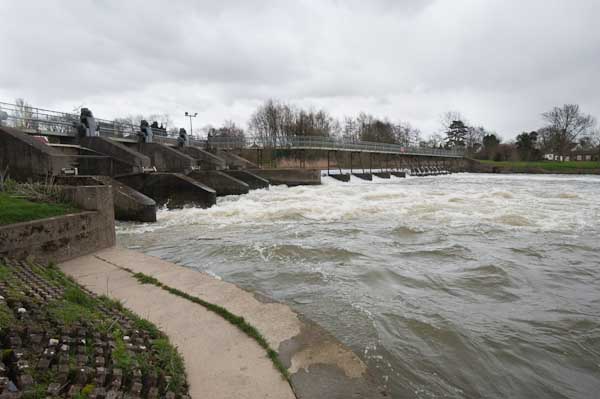
We did also manage to miss the path in Wallingford, and make an interesting diversion before retracing our steps. We saw few other walkers, but in the Summer parts of the Thames Path get pretty crowded. But one advantage of following a national trail like this is that they are well waymarked and also never overgrown, though there are sometimes diversions.

[Near to home we have one of these diversions in Egham, where a small bridge has been officially blocked since early 2024 and is expected to remain closed until at least 2026. The damage looks relatively minor and many walkers have continued to use the bridge despite the barriers erected.]

Above Wallingford the Path crosses to the opposite band of the river and goes to Benson and on to Shillingford. Here we walked away from the river to a bus stop and stood waiting for the Express bus to Reading at that time a roughly hourly service – and took an hour to get to Reading Station. Or at least I stood waiting but Linda decided to go for a walk and I had to stand in the bus doorway and persuaded the driver to wait as I shouted at her to rush towards us.
Thames Path- Cholsey to Shillingford
Flickr – Facebook – My London Diary – Hull Photos – Lea Valley – Paris
London’s Industrial Heritage – London Photos
All photographs on this page are copyright © Peter Marshall.
Contact me to buy prints or licence to reproduce.
